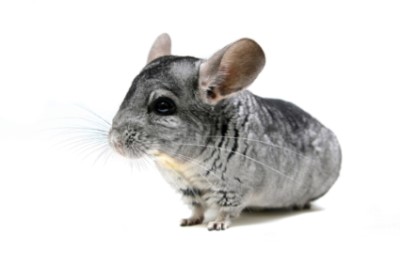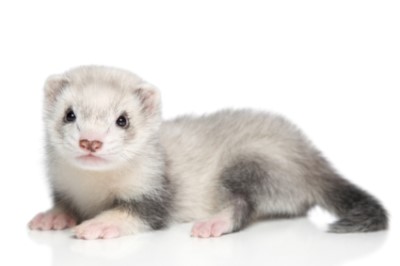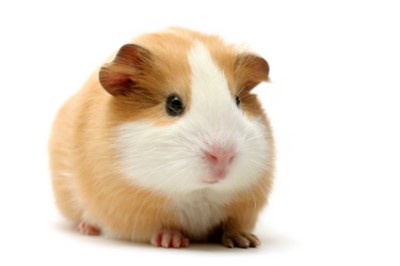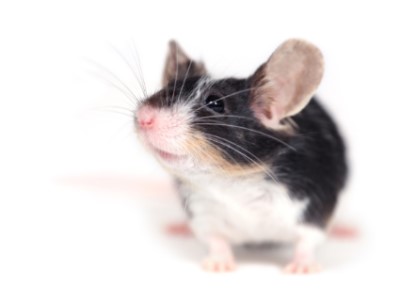Common Reasons for Surrender
House rabbits do not make good “starter pets” nor are they a child’s pet. Unlike their portrayal in television and film, rabbits do not like to be held and are a delicate animal. Adults should always be responsible for any pet, including a rabbit, and should be willing to commit to the 10+ year lifespan of a rabbit.
Everyone loves a cute little bunny, resulting in impulse purchases, especially around Easter. But many people don’t realize the time, commitment, and financial aspect of properly caring for a house rabbit. When that realization sets in, the rabbit is surrendered to a rescue or a shelter. Especially around Easter, a child may beg for a rabbit, and a parent gives in. The child eventually loses interest, and the rabbit is relegated to a life alone in a cage or an outdoor hutch, is set free outside (a certain death sentence), or is taken to a shelter or a rescue. A human’s impulse often results in a rabbit’s untimely death. More than 90 percent of all rabbits die before their first birthday.
Pros
Intelligent and social animals, rabbits can be very affectionate, showering their families with kisses and showing their happiness through binkies, high leaps and twirls in the air. You’ll make a friend for life with a rabbit, some of whom will sleep on the bed with you or will enjoy taking car rides. Most enjoy being petted, albeit on their own terms, and will come running when they hear you open the refrigerator door. Their personalities are as individual as ours; some are shy while others are more outgoing. Most are extremely in tune with their humans’ feelings and will react to them.
Cons
House rabbits are high maintenance pets, requiring specialized veterinary care and a specialized diet. In fact, house rabbits require educated owners who know how to properly care for their bunny and who are willing to pay for quality food and often-high veterinary expenses. Because they are prey animals, they hide illnesses so you must know your rabbit well enough to sense when something is wrong. Rabbits are not children’s pets. They are fragile and most do not like to be held. A child can easily drop a rabbit, resulting in a broken back. Because they are such social animals, rabbits typically do well in a bonded, opposite sex pair, so if you’re going to be gone a lot, your rabbit will be happier with a bunny friend as long as both are spayed or neutered first. Bonding may take time, and some rescues offer bonding assistance. Most same-sex rabbits do not get along, although some people have successfully bonded trios of rabbits with time and persistence. All rabbits must be spayed or neutered to prevent over-reproduction and illness, such as cancer.
Diet
Rabbits must have unlimited access to fresh hay, typically timothy hay or orchard grass. Alfalfa hay should only be given to young rabbits (generally no older than a year old) and, at discretion of a veterinarian for older or sick rabbits. Many rabbits also get limited timothy hay-based pellets each day. Pellets should contain only pellets, not corn, seeds or other unhealthy ingredients. Oxbow makes a high quality pellet many rabbit owners use. Some people prefer to give pellets while others opt for a pellet-free diet. Talk with your veterinarian and research on your own to decide what is best for your rabbit.
Thanks to Bugs Bunny, many people mistakenly believe that carrots should be a staple of a rabbit’s diet. House rabbits require vegetables, particularly leafy greens, and fruits daily, but certain ones—such as carrots and bananas—are high in sugar and should be given sparingly. If given the choice between a sugary banana and other food, a rabbit will certainly opt for the banana, which could cause health problems.
Exercise
If your rabbit doesn’t have free run, she will need at least six to eight hours out of her habitat each day to run around, explore, and be closer to the family. Rabbits are chewers by nature, so make sure you bunny-proof your home. Put wires out of a reach, or you can purchase wire covers at home improvement stores. Every rabbit owner has lost a cell phone wire, a phone cord, or a computer wire to a bunny bite, which can be dangerous. Rabbits also love to chew baseboards and carpets. To help deter your bunny, provide her with plenty of things to chew: Old phone books, paper towel and toilet paper rolls, and boxes in which she can climb (and chew) are popular with most house rabbits.
Possible Health Issues
Because they are prey animals, house rabbits often hide illnesses until it is too late. You must pay attention to your house rabbit and know her behaviors. When she begins acting oddly—such as not eating or pooping as much—you will know to take immediate action. Getting your rabbit to a rabbit-savvy vet immediately could mean the difference between life and death. House rabbits are prone to numerous health problems including gastrointestinal stasis (GI stasis), e-cuniculi, and pastuerella. You may notice your rabbit excretes little wet poops that look like a bunch of grapes. Rabbits eat their cecal poops, so do not become alarmed if you notice your rabbit eating her own poop.
All rabbits should be spayed or neutered. Unspayed female rabbits, an estimated 85 percent, face an increased risk of uterine cancer.
Housing
Since they are very social animals, make a home for your rabbit inside the house with their families. Rabbits relegated to life in an outdoor hutch face a much shorter lifespan, as little as three years, due to the risk of wild animals and the weather. Indoor rabbits typically have one of four housing options: A cage, a condo, an x-pen, or free run. Cages should be as large as possible, and most you find at the pet store aren’t really suitable to house a rabbit. (Think about how you would feel sitting in a tiny space all day.)
Instead of buying a cage, many people opt to build their own NIC (Neat Idea Cube) condos. You can find condo instructions here. Condos allow rabbits to have multiple levels and are much more spacious than a traditional cage. Keep in mind, that your rabbit will still need a minimum of six hours out each day.
X-pens are another popular housing option. Just be sure the pen is high enough to keep your rabbit contained, especially if she is a jumper. You can generally find x-pens online and pet stores.
Those who have the space allow their rabbit free run of a room or even an entire home. If you plan to have a free run bunny, start slow, allowing a little more space as your rabbit becomes accustomed to having the room and to using her litter box. Rabbits will mark their territory, so if you move or bring in another rabbit, expect little poop pellets on the floor until your rabbit adjusts.
Litter
House rabbits can be trained to use a litter box. Some use a traditional large cat litter box while others use the bottom of a cage. Never use cedar or pine shavings, as both can cause health problems, and avoid using cat litter as your rabbit may take to eating it, which can cause serious and fatal intestinal issues. Many people prefer wood stove pellets or Woody Pet horse bedding for their rabbits’ litter. Both absorb odors and are easy to clean. Newspaper-based litter, such as Yesterday’s News, is also a popular option, while some people prefer to line their rabbits litter box with newspaper and hay. Rabbits are notorious for enjoying munching on hay while in the litter box. Be sure to scoop out dirty litter at least once or twice daily and change the entire box as needed.
Grooming
Grooming is essential with your rabbit. Rabbits typically shed every three months and lose loose fur throughout the year. Most are meticulous about grooming themselves, which has its downside. A rabbit cannot throw up, so if she ingests a lot of fur, it can create a blockage in her intestine, causing serious problems. Brush your rabbit every day, especially during shedding. If your rabbit is shedding heavily, you may want to brush her several times a day. You can also pluck loose furs, although most rabbits aren’t big fans of being plucked.
Some rabbits will allow you to trim their nails without a struggle, but a lot won’t. You may want to have your vet show you how to properly cut your rabbit’s nails, or just have your vet cut them regularly. Some rabbit rescues have care days at local pet stores and other locations and offer nail trimming. Be sure to trim your rabbit’s nails as needed.
Training
An intelligent animal, rabbits learn very quickly. If you take greens from the refrigerator every night, your rabbits will be waiting at the same time each day for the sound of the refrigerator door opening. Many take to litter box training very quickly, although you may have to put the litter box where your rabbits wants it. Don’t expect perfection with litter box habits as changes in situations—a new rabbit in the home, a new home, or even a visit to a hotel—will cause your bunny to mark his territory with little poop pellets. Some people have found clicker training works well with their rabbits.
Entertainment
A bored house rabbit can become destructive, so give your bunny plenty to do both inside her cage, if she has one, and during free run. Most rabbits love to throw baby keys and other toys that are easy to toss with their mouths; some even like to chase after a ball. Because bunnies love to chew, give yours old phone books, paper towel rolls, toilet paper rolls, non-treated apple branches, and non-treated willow toys. A cardboard box, with holes cut out for doorways, is a popular hiding spot for many rabbits, and you can also purchase Cottontail Cottages, multilevel cardboard castles with ramps, doors, and windows.
Most rabbits will give you attention when they want it. The best way to get a rabbit’s attention, aside from opening the refrigerator door or shaking a bowl of pellets, is to sit on the floor and do something. Cut coupons or read a book while sitting on the floor and seemingly paying no attention to your rabbit. Before you know it, she will be next to you, hopping on you, and checking out what you are doing.
You will know when your rabbit is happy when she binkies, which is flying leaps into the air and a twist of the head.
Additional Resources
House Rabbit Society
Gastrointestinal Stasis: The Silent Killer
Oxbow Animal Health







